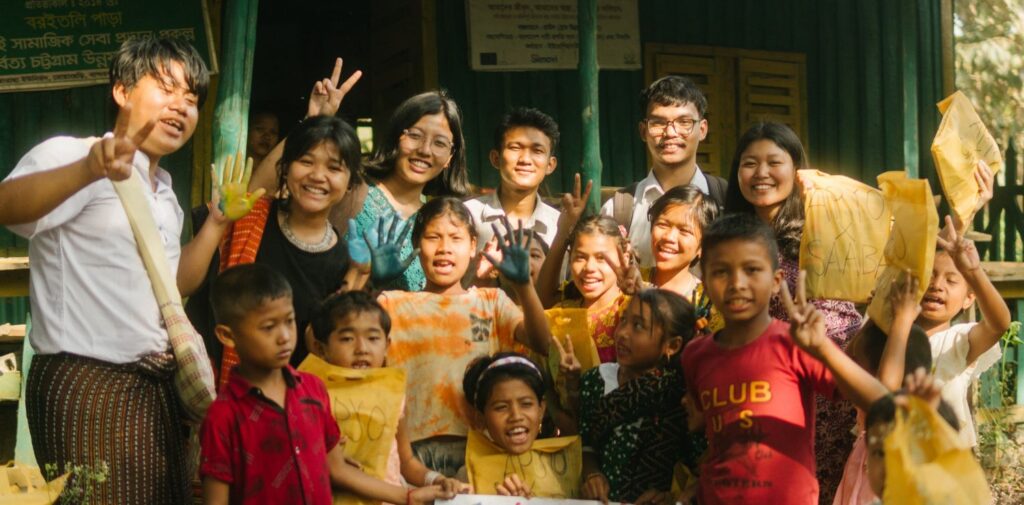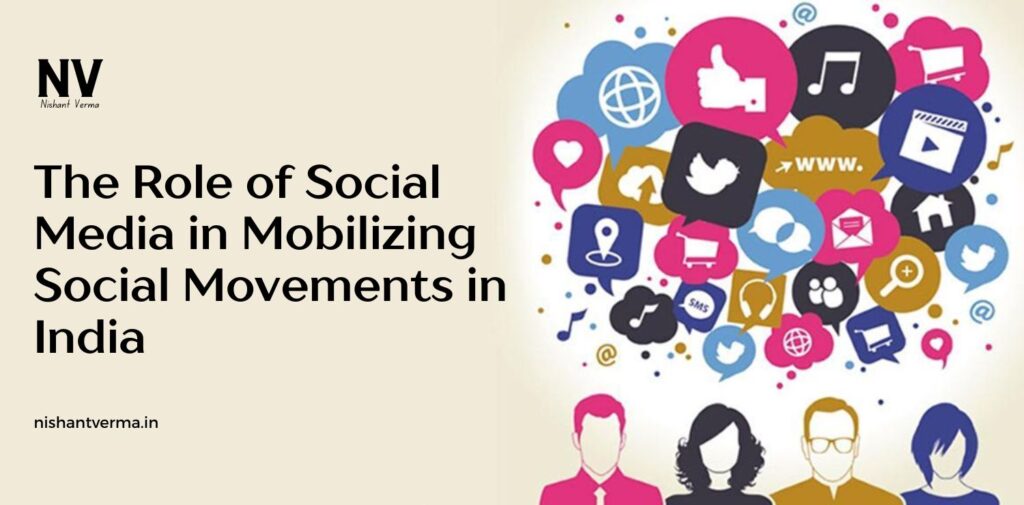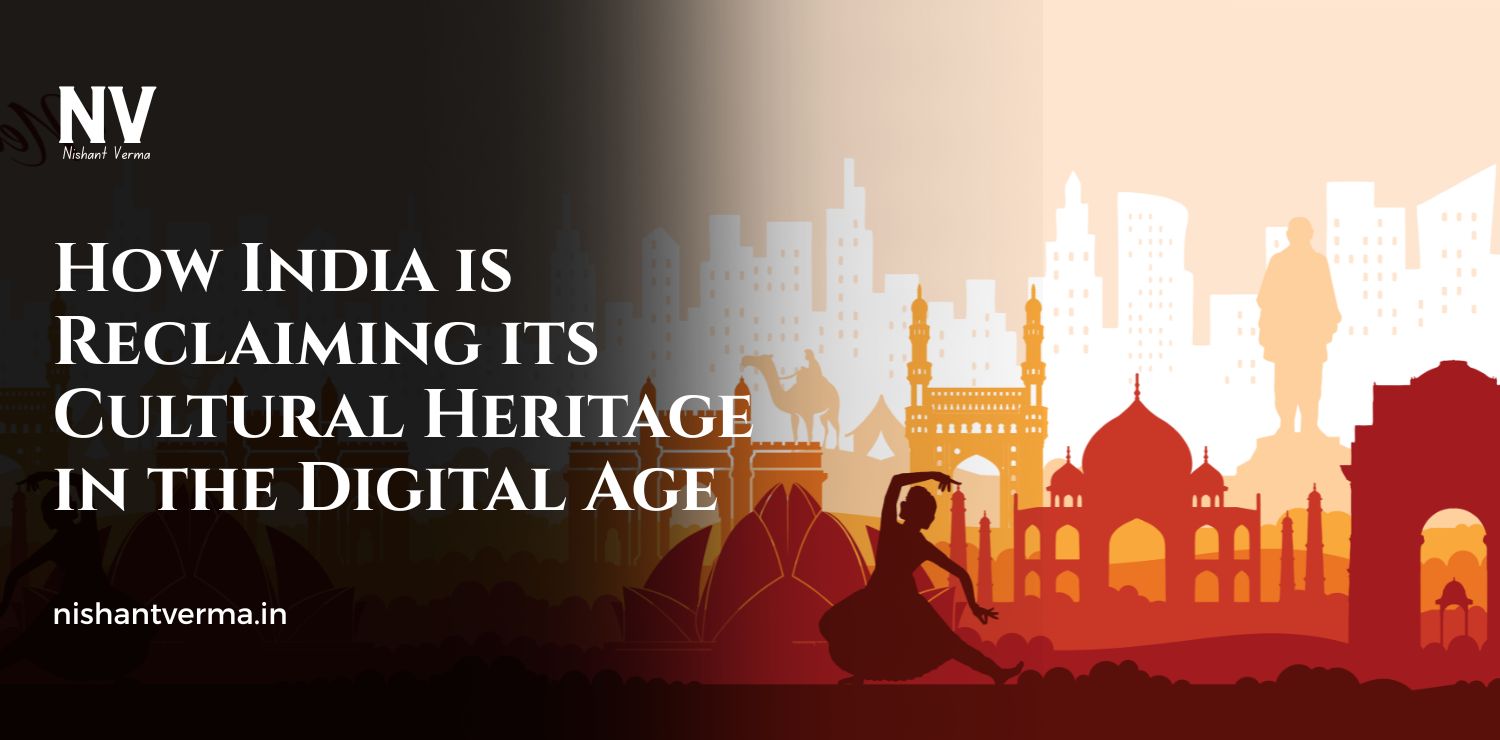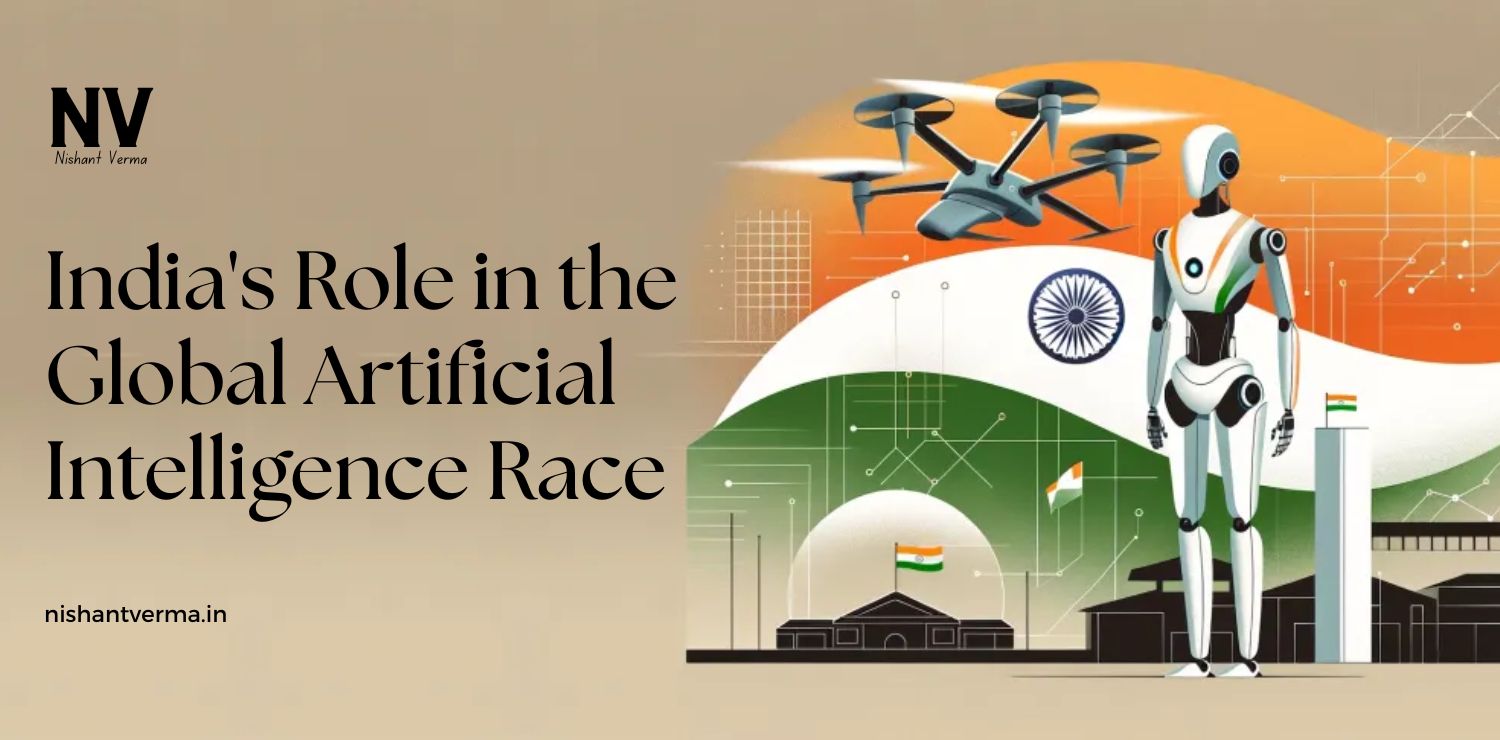Social media has transformed the way people communicate and share information globally. In India, it has become a powerful tool for mobilizing social movements, giving ordinary citizens a platform to voice their opinions, raise awareness about social issues, and bring about change. Social media platforms like Facebook, Twitter, Instagram, and YouTube have helped various movements gain momentum and reach a wider audience. This article explores the Role of Social Media in mobilizing social movements in India and how it has become a force for social change.
Changing the Landscape of Activism
In the past, activism was largely confined to physical protests and traditional media like newspapers and television. However, with the rise of social media, activism has entered a new era. Social media has made it possible for people to share their thoughts, ideas, and grievances instantly with a global audience. It has also allowed activists to connect, share strategies, and coordinate efforts without relying on traditional organizational structures.
For instance, movements like the Nirbhaya protests (2012), JNU protests (2016), and Farmers’ protests (2020) gained immense traction through social media. Hashtags like #MeToo, #JusticeForNirbhaya, and #FarmersProtest trended on Twitter and other platforms, allowing millions of people to join the conversation, voice their support, and organize actions across the country. This digital activism has allowed people, especially the youth, to become more involved in social causes and demand justice.
Faster Information Flow and Awareness
One of the key advantages of social media is the speed at which information travels. News about social issues or injustices that may otherwise have taken days or weeks to reach the public can now go viral within minutes. A single tweet, post, or video shared by an individual can spread like wildfire, informing a large number of people and inspiring them to act.
For example, the Delhi gang rape case in 2012 sparked nationwide protests after the incident was shared extensively on social media. Citizens, especially students, used social media to organize protests, raise funds for victims, and demand justice. The widespread coverage led to a change in laws and policies related to women’s safety in India. Social media platforms have made it easier for activists to keep people informed about ongoing struggles, political developments, and human rights violations, making them more engaged in the movements.

Breaking Barriers to Censorship
In India, media censorship can often limit the free flow of information. Many news outlets may not cover certain issues due to political, economic, or social pressures. In such cases, social media acts as a space for uncensored dialogue, where people can openly discuss issues without fear of repression. Activists, journalists, and ordinary citizens can expose corruption, human rights violations, and social injustices, even when mainstream media fails to cover them.
During the Farmers’ Protest in 2020, social media played a significant role in spreading awareness about the farmers’ demands and the challenges they faced. As mainstream media often downplayed the protests, platforms like Twitter, Facebook, and YouTube became vital for sharing videos, images, and news updates. Hashtags like #FarmersProtest and #StandWithFarmers gained worldwide attention, resulting in international support and pressure on the Indian government.
Empowering the Youth and Marginalized Groups
Social media has given voice to millions of young people and marginalized communities in India who may not have had the opportunity to speak out in the past. It provides a platform for those who are often silenced by mainstream media or political power. Students, women, LGBTQ+ individuals, and other disadvantaged groups have used social media to highlight issues affecting them, organize protests, and demand social change.
The JNU protests in 2016 are an example of how social media empowered young students to fight for their rights and raise awareness about the importance of free speech and education. Through Twitter and Facebook, students were able to share their side of the story and rally support from fellow students and citizens. This digital activism played a crucial role in the success of their movement, allowing them to challenge institutional authority and demand accountability.
Similarly, the #MeToo movement in India gained momentum through social media platforms like Twitter and Instagram. Women from all walks of life shared their experiences of sexual harassment and abuse, breaking the silence and giving others the courage to speak out. This movement has had a significant impact on how sexual harassment is perceived and addressed in India, prompting changes in workplace policies and legal frameworks.

Creating Global Solidarity
Social media also plays an important role in creating global solidarity for social movements. In the past, movements were largely localized, but with the rise of social media, the reach of activism has expanded beyond national borders. International support for Indian social movements is now more visible than ever.
For example, during the Farmers’ Protest, farmers in India received support from global celebrities, politicians, and activists. Social media made it possible for people from around the world to engage with the issue, express solidarity, and amplify the message. The hashtag #FarmersProtest trended globally, and people from countries like Canada, the United States, and the United Kingdom joined the cause by organizing protests and calling for government action.
Similarly, the anti-CAA protests (2019-2020) in India, which opposed the Citizenship Amendment Act, saw widespread international attention. Social media played a vital role in spreading awareness of the issue and organizing protests in cities across the world. Activists used platforms like Twitter and Instagram to connect with like-minded individuals, leading to a sense of shared purpose among people from different parts of the globe.
Challenges and Risks of Social Media in Social Movements
While social media has empowered social movements in India, it also comes with challenges and risks. One of the main concerns is the spread of misinformation and fake news. Social media platforms are often used to manipulate public opinion by spreading false or misleading information, which can damage the credibility of a movement or cause confusion among people.
Another challenge is online harassment and trolling. Activists, especially women and minorities, are often subjected to online abuse, threats, and hate speech, which can undermine their efforts and intimidate others from speaking out. This harassment is sometimes fueled by political groups or individuals who seek to discredit the movement and silence dissenting voices.
Moreover, social media can sometimes lead to fragmentation within movements. While platforms like Twitter can help activists communicate, they can also create echo chambers, where only like-minded individuals engage with each other, limiting the diversity of opinions and perspectives within the movement.

Conclusion: Role of Social Media
Social media has revolutionized the way social movements are organized and mobilized in India. It has provided activists with a powerful tool to amplify their voices, spread awareness, and connect with people across the globe. Whether it is demanding justice, fighting for rights, or raising awareness about social issues, social media has become an indispensable part of modern-day activism in India.
However, with its many advantages, social media also presents challenges, including misinformation, harassment, and the risk of fragmentation. Despite these challenges, the role of social media in mobilizing social movements in India cannot be overstated. As more people embrace digital activism, it will continue to shape the future of social change in India and beyond.




